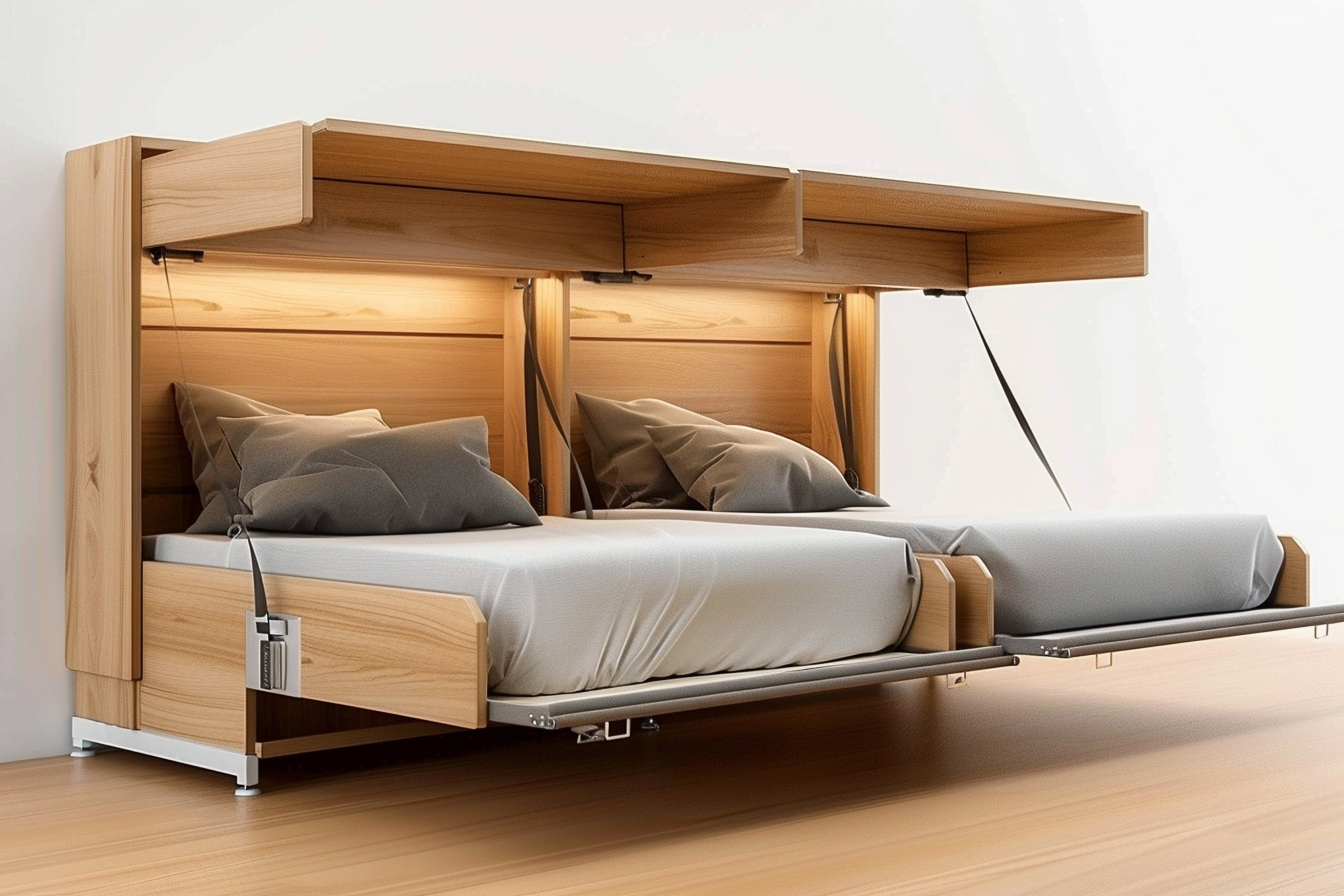The Art of Layered Lighting in Living Room Design
Living room lighting is a crucial element that can transform the ambiance and functionality of a space. Often overlooked, proper lighting design goes beyond simply illuminating a room; it sets the mood, enhances the decor, and creates visual interest. Layered lighting, a sophisticated approach to interior illumination, has gained popularity among designers and homeowners alike. This technique involves combining different types of light sources to create a versatile and dynamic living environment. By strategically placing ambient, task, and accent lighting, one can craft a space that adapts to various activities and moods throughout the day. The art of layered lighting not only elevates the aesthetic appeal of a living room but also improves its practicality and comfort.

The Foundations of Layered Lighting
Layered lighting is built on the principle of using multiple light sources at different levels to create depth and dimension in a room. This approach typically involves three main layers: ambient, task, and accent lighting. Ambient lighting provides overall illumination and sets the base level of light in the room. This is often achieved through ceiling-mounted fixtures, recessed lights, or wall sconces. Task lighting is focused and functional, designed to illuminate specific areas for activities such as reading or working. Table lamps, floor lamps, and under-cabinet lights are common examples of task lighting. Accent lighting adds drama and visual interest by highlighting architectural features, artwork, or decorative elements. This can be accomplished with track lighting, picture lights, or strategically placed spotlights.
Historical Context and Evolution
The concept of layered lighting has its roots in early 20th-century interior design principles. As electric lighting became more widespread, designers began to experiment with different lighting techniques to enhance the atmosphere of living spaces. The Art Deco movement of the 1920s and 1930s popularized the use of multiple light sources to create dramatic effects. However, it wasn’t until the mid-20th century that layered lighting began to be codified as a design principle. Influential designers like Richard Kelly, who worked on projects such as Philip Johnson’s Glass House, developed theories about the interplay of different types of light in interior spaces. These ideas laid the groundwork for the modern approach to layered lighting in living room design.
Implementing Layered Lighting in Modern Living Rooms
In contemporary living rooms, the implementation of layered lighting requires careful planning and consideration of the space’s architecture and intended use. Designers often start by assessing the natural light available and then build upon that foundation. Ambient lighting is typically addressed first, with options ranging from recessed LED fixtures to modern chandeliers or pendant lights. Task lighting is then added to support specific activities, such as reading nooks or work areas within the living room. Finally, accent lighting is incorporated to highlight artwork, architectural details, or to create focal points within the space. The key to successful layered lighting is achieving a balance between these elements, ensuring that each layer complements the others without overwhelming the space.
The Impact of Technology on Layered Lighting
Advancements in lighting technology have significantly expanded the possibilities for layered lighting design. LED lighting, in particular, has revolutionized the field by offering energy-efficient, long-lasting, and highly customizable options. Smart lighting systems allow homeowners to adjust the intensity, color temperature, and even the color of their lights with the touch of a button or a voice command. This level of control enables dynamic lighting schemes that can adapt to different times of day, seasons, or moods. Additionally, the miniaturization of lighting fixtures has made it possible to incorporate lighting into unexpected places, such as under furniture or within shelving units, further enhancing the layered effect.
Psychological and Physiological Benefits
The art of layered lighting goes beyond aesthetics; it can have significant psychological and physiological impacts on the inhabitants of a space. Proper lighting can influence mood, productivity, and even circadian rhythms. By incorporating adjustable lighting options, homeowners can create environments that support relaxation in the evening while promoting alertness during the day. Warm, dim lighting in the living room can foster a sense of intimacy and comfort, while brighter, cooler light can energize the space for social gatherings or daytime activities. Research has shown that exposure to appropriate light levels and qualities can improve sleep patterns, reduce eye strain, and enhance overall well-being.
Challenges and Considerations in Layered Lighting Design
While the benefits of layered lighting are numerous, implementing this approach can present challenges. One common issue is overillumination, where too many light sources create a cluttered or overwhelming effect. Designers must carefully balance the intensity and placement of lights to avoid this problem. Another consideration is the integration of layered lighting with existing architectural features and decor elements. The scale and style of lighting fixtures must complement the room’s overall design aesthetic. Additionally, energy efficiency and sustainability are increasingly important factors in lighting design. Balancing the desire for multiple light sources with the need for energy conservation requires thoughtful selection of fixtures and bulbs, as well as the incorporation of smart controls to manage energy usage.
The Future of Layered Lighting in Living Rooms
As technology continues to advance and design trends evolve, the future of layered lighting in living rooms looks bright. Emerging technologies such as OLED panels and light-emitting materials promise to blur the lines between lighting and architecture, potentially allowing entire surfaces to become light sources. Biodynamic lighting systems, which mimic the natural progression of daylight, are likely to become more prevalent in residential spaces, supporting occupants’ well-being. Additionally, the integration of lighting with other smart home systems will likely lead to more intuitive and responsive living environments. As awareness of the importance of thoughtful lighting design grows, we can expect to see an increased focus on layered lighting as a fundamental aspect of creating comfortable, functional, and beautiful living spaces.






